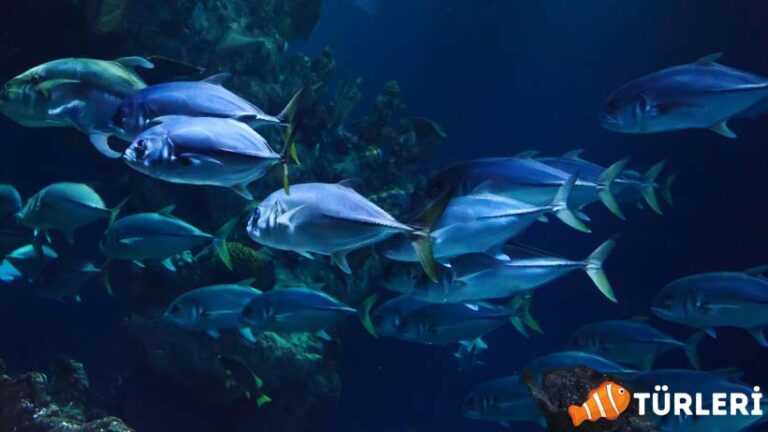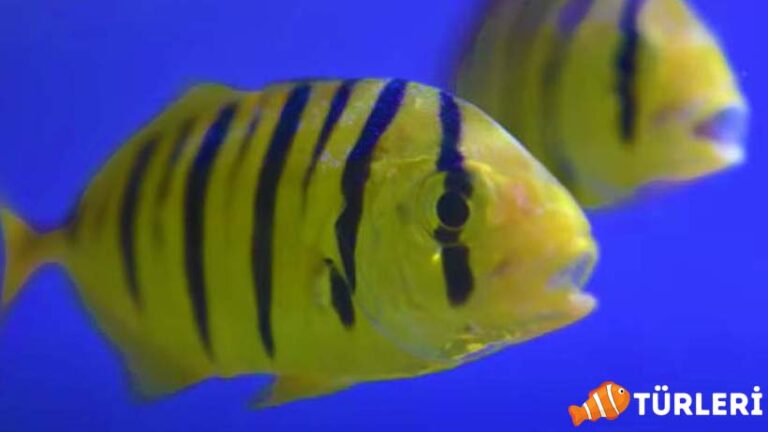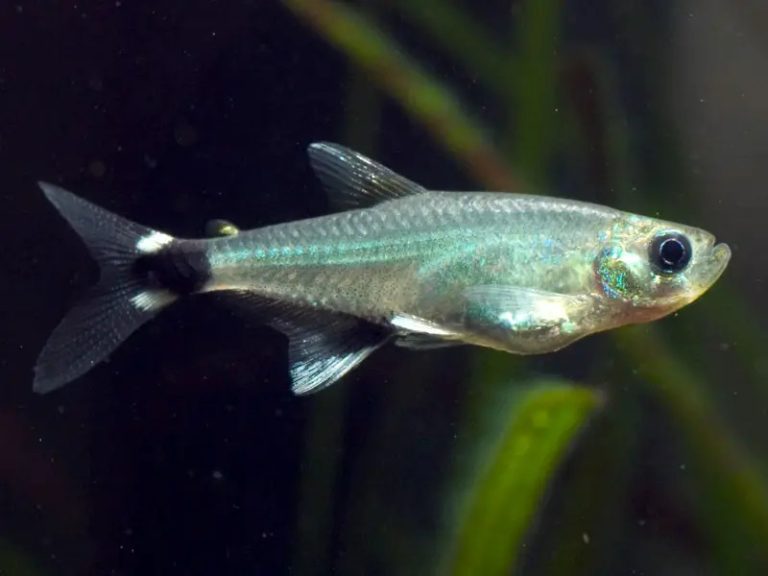Head And Tail Light Tetra
Head and Tail Light Tetras, also known as Beacon Tetras or Hemigrammus ocellifer, are small, peaceful, and colorful fish that are perfect for community aquariums. They are native to the Amazon River basin in South America. Here’s everything you need to know about their care, tank mates, breeding, lifespan, and disease.
Head And Tail Light Tetra Species Summary:
| Scientific Name: | Hemigrammus ocellifer |
| Origin: | Amazon River basin, South America |
| Diet: | Omnivore (variety of high-quality flake food, frozen, or live foods) |
| Behavior: | Peaceful, schooling fish |
| Behavior Towards Their Own Species: | Peaceful, prefer to be in groups |
| Swimming Zone: | Middle |
| Water Temperature: | 72-78°F (22-26°C) |
| Water Hardness: | 5-12 dGH |
| pH Level: | 6.0-7.0 |
| Minimum Aquarium Volume: | 20 gallons (75 liters) for a small school |
| Adult Size: | 4-5 cm |
| Reproduction: | Egg layers, require soft, slightly acidic water and plenty of plants for spawning |
| Lifespan: | 3-5 years (with proper care) |
| Care: | Moderate, requires regular water changes and proper filtration. |

- Tank Mates: Head and Tail Light Tetras are community fish and should be kept in a group of at least 6 to 10 individuals as they are schooling fish. They can be kept with other peaceful and non-aggressive fish such as other species of tetras, guppies, mollies, platies, and small catfish like corydoras. Avoid keeping them with large, aggressive, or predatory fish like cichlids or large catfish as they may be bullied or eaten.
- Breeding: Breeding Head and Tail Light Tetras can be a bit challenging but not impossible. To encourage breeding, set up a separate breeding tank with soft, slightly acidic water (pH 6-7) and a temperature around 78°F (25°C). Provide plenty of plants or a spawning mop for the female to lay eggs. It’s better to keep a ratio of 2 males to 1 female. After spawning, it’s best to remove the parents as they may eat the eggs. The eggs will hatch in about 24-48 hours, and the fry will become free-swimming in about 3-4 days. Feed the fry with infusoria or finely ground flake food.
- Lifespan: The typical lifespan of a Head and Tail Light Tetra is around 3-5 years if properly cared for. Providing a well-maintained tank, proper diet, and keeping stress levels low will contribute to their longevity.
- Disease: Like all fish, Head and Tail Light Tetras are susceptible to various diseases. The most common diseases affecting tetras include Ichthyophthirius (Ich), fin rot, and fungal infections.
- Ich is a parasitic infection that appears as white spots on the fish’s body and fins. To treat Ich, raise the water temperature to 86°F (30°C) for 3 days and treat the water with a medication containing copper or formalin.
- Fin rot is a bacterial infection that causes the fins to rot away. It can be treated with antibiotics like erythromycin or tetracycline.
- Fungal infections appear as white or gray cottony patches on the body or fins. They can be treated with antifungal medications like methylene blue.

General Care
- Tank Size: A minimum of 20 gallons (75 liters) tank is recommended for a small school of Head and Tail Light Tetras.
- Water Parameters: The water should be soft and slightly acidic to neutral with a pH of 6.0-7.0, hardness of 5-12 dGH, and a temperature of 72-78°F (22-26°C).
- Diet: They are omnivores and should be fed a varied diet of high-quality flake food, frozen, or live foods like brine shrimp, daphnia, and bloodworms.
- Maintenance: Regular water changes (25-30% every two weeks) and proper filtration are essential to keep the water clean and free of toxins.
Remember to always quarantine new fish before adding them to your main tank to prevent the spread of diseases. Also, acclimate the fish to the new water parameters by slowly mixing the water from the bag with the water in the tank over a period of 1-2 hours.







